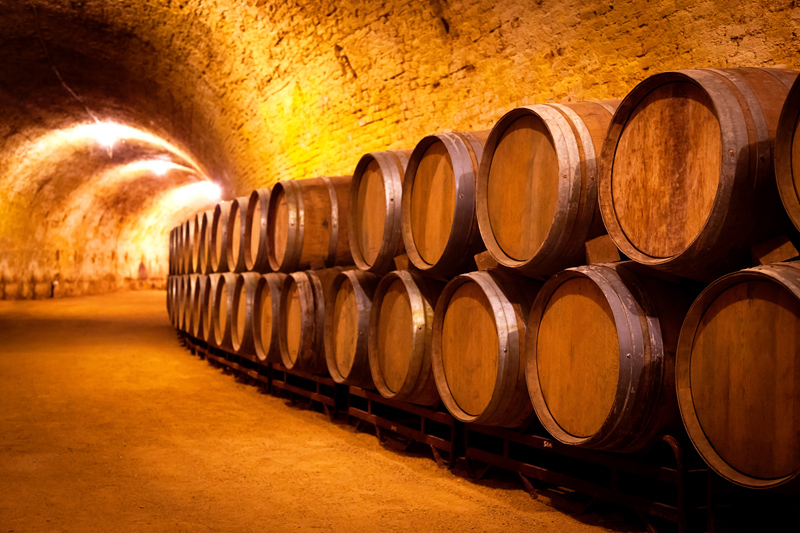The oak wine barrel is one of the most recognizable symbols associated with wine. We have romanticized the barrel and the act of aging wine inside of it to such a degree, that after the barrels have been used for their intended purpose we often turn them into tables, benches, planters and even candle holders. Yet the reason we began aging wine in oak barrels in the first place was not intentional, but the result of a happy accident. For millennia, the clay amphora was the storage medium of choice for transporting wine.
The reason we began aging wine in oak barrels in the first place was not intentional, but the result of a happy accident.
Over two millennia ago, when the Romans began to spread their empire across the globe, they not only wanted to take with them weapons and food, but also wine. Wine was safer to drink than water, it provided calories to malnourished troops, and of course it provided its imbiber with an intoxicating buzz. For a few thousand years, starting with the ancient Egyptians, clay amphorae were the way armies (and traders) transported wine over long distances. There were other civilizations, primarily in the Mesopotamian region, who used palm wood barrels, but this was the exception, not the rule. While palm wood barrels weighed far less than clay amphorae, palm wood was quite difficult to bend. Clay offered another advantage in that it was airtight if sealed properly, though this was quite a challenge.
The practice of using amphorae continued in the Greek and then the Roman Empire. As the Romans pushed north into Europe, and away from the Mediterranean, transporting the clay amphorae grew increasingly difficult. While the Romans were aware of palm wood barrels, the price and difficulty of bending the wood made them a poor choice. When the Romans encountered the Gauls, they found a group of people who were using wooden barrels, often made of oak, to transport beer.
The Romans quickly realized they had found a solution to their amphora issue. While other woods were used, oak was popular for a number of reasons. First, the wood was much softer and easier to bend into the traditional barrel shape than palm wood, thus the oak only needed minimal toasting and a barrel could be created much faster. Second, oak was abundant in the forests of continental Europe. And finally, oak, with its tight grain, offered a waterproof storage medium. The transition to wooden barrels was swift. In less than two centuries, tens of millions of amphorae were discarded.
 Contact with oak softens and smooths wine. With some wines, it also improves the taste.
Contact with oak softens and smooths wine. With some wines, it also improves the taste.
After transporting their wines in barrels, for some time, the Romans and other societies after them, began to realize that the oak barrels imparted new, pleasant qualities to the wine. The contact with the wood made the wine softer and smoother, and with some wines, it also made it better tasting. Due to the minimal toasting of the wood, wines developed additional scents such as cloves, cinnamon, allspice or vanilla, and when drunk they had additional flavors present, such as caramel, vanilla or even butter. As the practice of using oak barrels for transport continued, merchants, wine producers, and armies alike, found that the longer the wine remained inside the barrels, the more qualities from the oak would be imparted into the wine, and thus began the practice of aging wine in oak.
